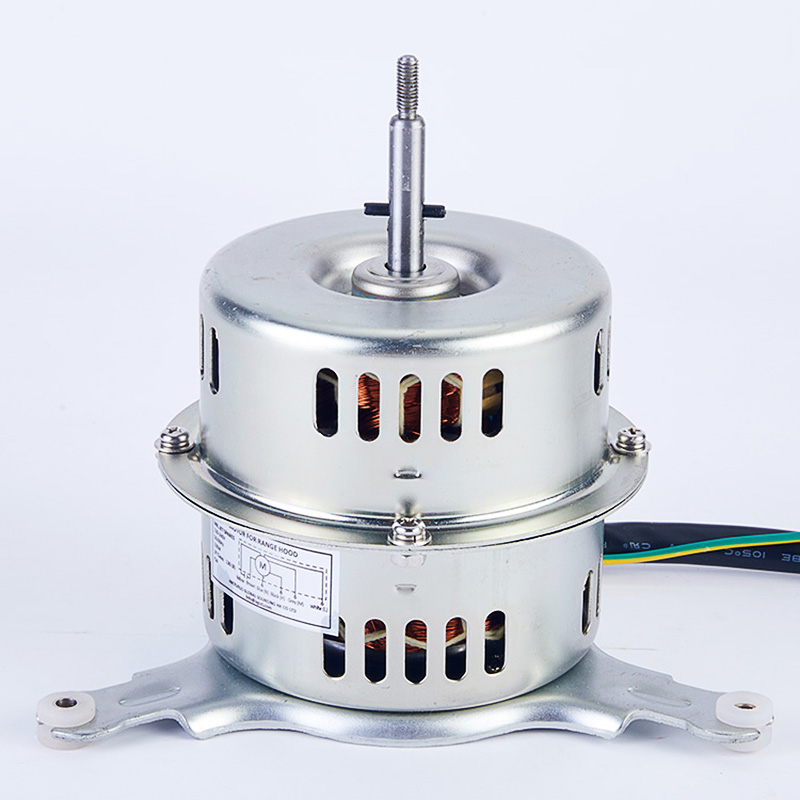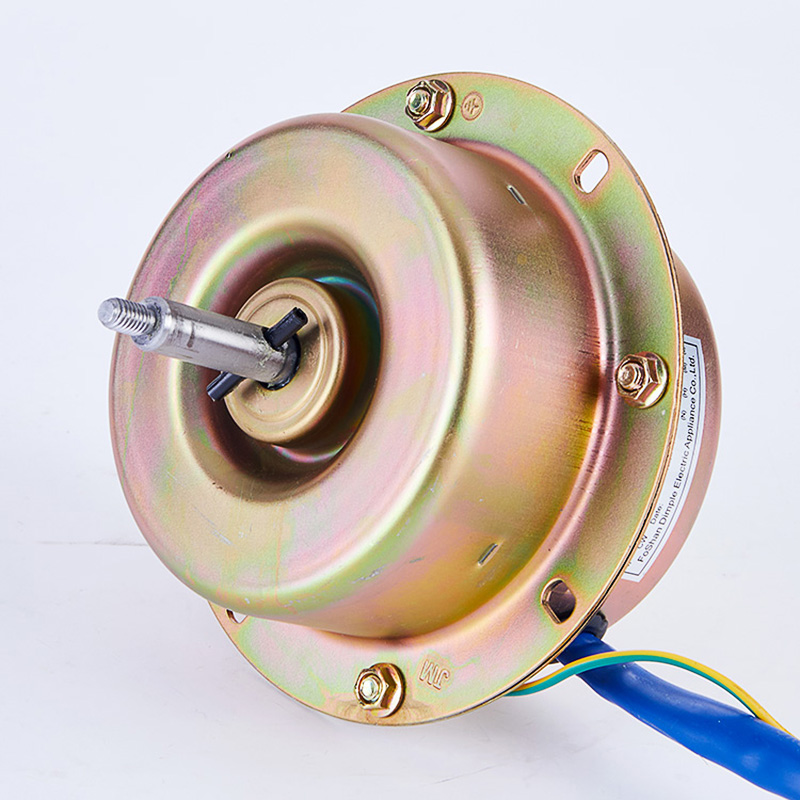AC (alternating current) motors and DC (direct current) motors are both designed to convert electrical energy into mechanical motion, but they differ fundamentally in their power sources, construction, operation, and applications. Understanding these differences is key to choosing the right motor for a specific task. Here’s a detailed breakdown:
1. Power Source
The most basic distinction lies in their energy input:
- AC motors run on alternating current, where the electrical current periodically reverses direction (e.g., 50 or 60 cycles per second in most grids).
- DC motors operate on direct current, which flows in a constant direction (e.g., from batteries, rectifiers, or solar panels).
2. Construction
Their internal designs reflect their power sources:
- AC motors (especially induction motors, the most common type) have a stationary stator with windings connected to the AC supply. The rotor, often a “squirrel cage” of conductive bars, has no electrical connections—it relies on electromagnetic induction from the stator’s rotating magnetic field. Some AC motors (synchronous motors) use a rotor with permanent magnets or electromagnets powered by an external source.
- DC motors have a stator with permanent magnets or electromagnets (field windings) and a rotating armature (coils) connected to a commutator—a split ring that reverses the current in the armature as it spins. Brushes (conductive contacts) connect the commutator to the DC power source. This design ensures the rotor’s magnetic field always opposes the stator’s, generating continuous torque.
3. Operation Principles
- AC motors depend on a rotating magnetic field in the stator, created by phase-shifted AC currents in the stator windings. This field induces current in the rotor, creating a magnetic field that interacts with the stator’s field to spin the rotor (induction motors) or locks onto the rotating field (synchronous motors).
- DC motors use the attraction/repulsion between the stator’s fixed magnetic field and the armature’s current-induced magnetic field. The commutator reverses the armature current at precise intervals, keeping the rotor turning in one direction.
4. Speed Control
- AC motors historically required complex systems (e.g., variable frequency drives, VFDs) to adjust speed by changing the AC frequency or voltage. Modern VFDs make this efficient and precise, ideal for applications like pumps or conveyors.
- DC motors simplify speed control: adjusting the input voltage (via resistors, choppers, or controllers) directly changes speed. This simplicity made them popular for early applications like electric trains and robotics.
5. Efficiency and Maintenance
- AC motors (induction types) are highly efficient, especially at constant speeds, and have no brushes or commutators—parts that wear out. This reduces maintenance needs, making them durable in harsh environments (e.g., factories, mines).
- DC motors can be efficient but suffer from brush and commutator wear, requiring regular maintenance (e.g., replacing brushes, cleaning commutators). This limits their lifespan in dusty or high-vibration settings.
6. Applications
- AC motors dominate industrial and large-scale uses: manufacturing machinery, HVAC systems, pumps, fans, electric grids, and renewable energy setups (e.g., wind turbine generators). Their compatibility with the AC grid and low maintenance make them ideal for continuous, high-power tasks.
- DC motors excel in applications requiring precise speed control or portability: battery-powered devices (toys, tools), electric vehicles (historic and some modern designs, though many now use AC motors with inverters), robotics, and small appliances (e.g., blenders, where DC from adapters is common).
Summary
AC motors thrive in grid-connected, high-power, low-maintenance scenarios, while DC motors shine in portable, variable-speed, or battery-powered applications. The rise of power electronics (e.g., inverters that convert DC to AC) has blurred lines—modern electric vehicles, for example, use AC motors with DC batteries—but their core differences in design and operation remain defining.




